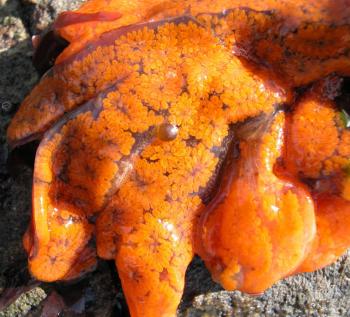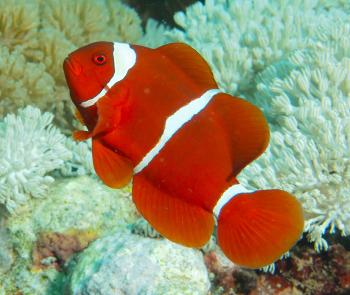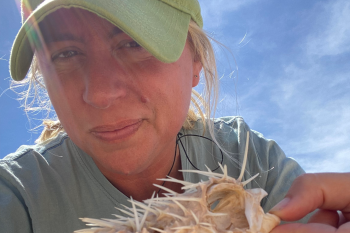Includes: Polychaetes, Earthworms, Leeches
Far from being lowly worms, annelids are impressively powerful and capable animals. Annelids are distinguished by ring-like external bands along their muscular body wall that coincide with internal partitions dividing their bodies into segments.
With a circulatory system to distribute blood and oxygen and a one-way gut, their bodies are enormously more complex than modern flatworms. Developing a gut that runs from one end of the body to the other was a major evolutionary step. With such a digestive tract, food can be continuously taken in by a mouth, processed as it passes through the body and released as waste at the other end. Not only can worms continually digest their food but also they can squirm, crawl and slither as they do it.
Annelids creep along or burrow by coordinating two sets of muscles. Their segmented body cavity acts as a hydrostatic skeleton for the muscles to work against. One set of muscles allows them to expand and anchor one part of their body, while the other set contracts and pushes the rest of the body forward into the sediment. By alternating the contraction of these two muscle sets, the worm can powerfully inch forward. There are bristle-like setae on each segment that help anchor the body during burrowing.
Annelid Features:
- Elongate and bilateral with segmented true body cavity (coelom)
- Complete circulatory system with capillaries, arteries and veins
- Body wall made of circular and lengthwise muscles
- Continuous gut running from mouth to anus with own musculature
- Bristle-like structures projecting from the body called setae (except in leeches)
Annelid Fact:
If all the material that has moved through earthworms were piled up on the surface of the globe, the heap would rise 30 miles, more than five times the height of Mt. Everest.
Word Bank
Elongate: longer than it is wide
Bilaterally symmetrical: the right half is a mirror image of the left side
Capillaries: fine branching blood vessels
Hydrostatic skeleton: fluid-filled body cavity (coelom) that acts as an internal support system for muscles to work against
















